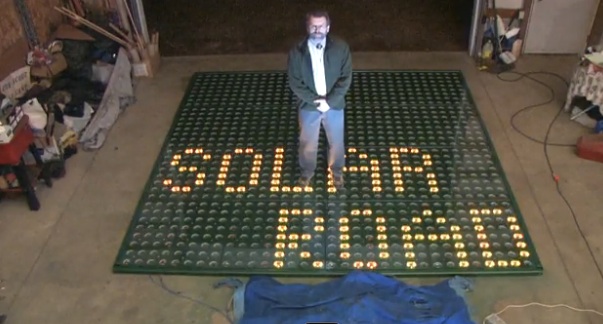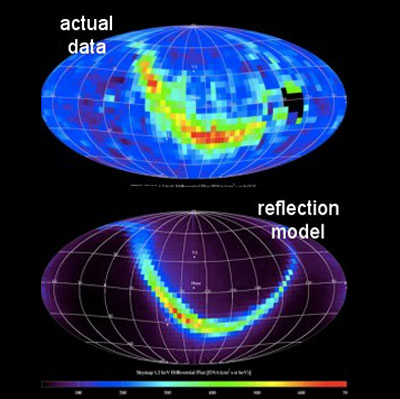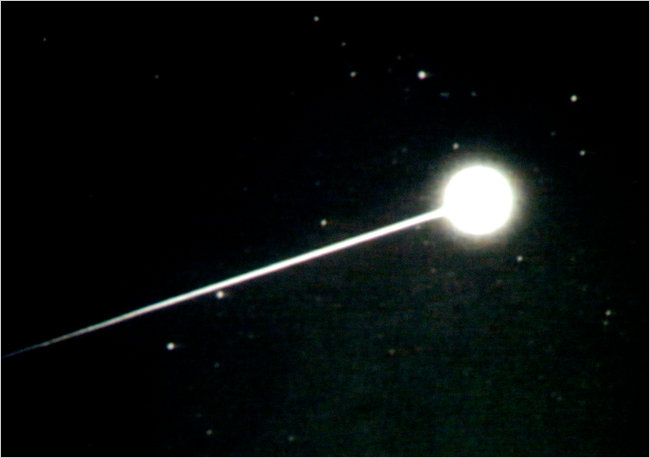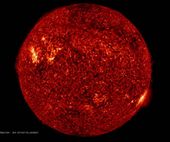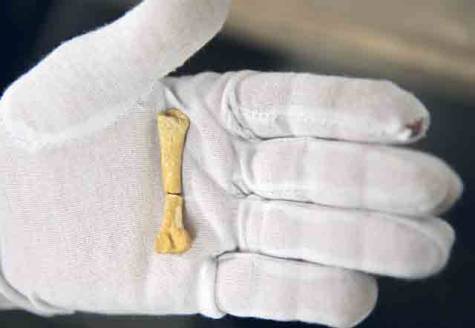
"So far this could be the earliest human fossil found in the Asia-Pacific region. The presence of humans in Luzon shows these early humans already possessed knowledge of seacraft-making in this early period," Dr Armand Mijares, leader of a team of archaeologists from the University of the Philippines that found the fossil in Callao Cave in Cagayan Province, northern Luzon, told GMA-7.
The bone, found in an extensive cave network, predates the 47,000-year-old Tabon Man that is previously known as the first human to have lived in the country, said Taj Vitales, a researcher with the Philippina national museum's archaeology section.
"This would make it the oldest human remains ever found in the Philippines," Vitales told AFP.


